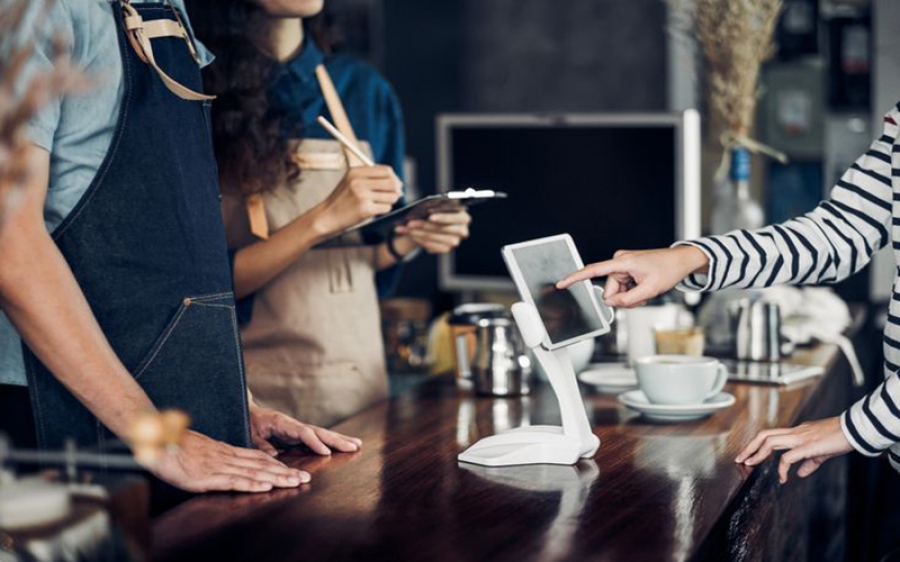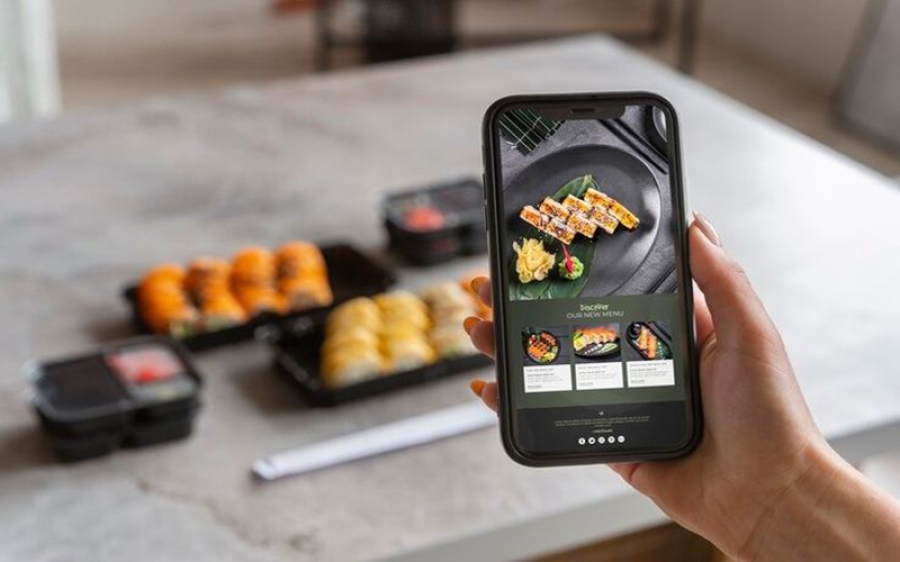QR Codes: A Simplified Explanation
Have you ever come across those curious black and white square patterns scattered around, wondering what they are? Well, they're called QR codes, short for "quick response" codes, and they're more useful than you might think. Let's delve into how QR codes work and why they're becoming increasingly popular in today's digital age.
What is a QR Code?
A QR code is a unique type of barcode that contains information in a square grid pattern. Unlike traditional barcodes, QR codes can store a variety of data, including website URLs, contact information, text, and more. They're like digital shortcuts that provide quick access to additional information or services.
How Do QR Codes Work?
Using a smartphone or tablet equipped with a camera and a QR code scanning app, users can easily scan QR codes to unlock their hidden content. Once scanned, the device interprets the code and directs the user to the associated website, app, or information page. It's a fast and efficient way to access relevant content on the go.
Why are QR Codes Useful?
QR codes offer a multitude of benefits that make them incredibly useful in various contexts:
Instant Access to Information: With a simple scan, users can access additional information about products, services, promotions, or events without typing URLs or searching online.
Convenience: QR codes eliminate the need for manual data entry or typing, saving users time and effort when accessing information or completing tasks.
Versatility: QR codes can be used in diverse settings, including retail, marketing, education, healthcare, hospitality, and more, making them a versatile tool for businesses and organizations.
Enhanced Engagement: By providing quick access to interactive content such as videos, surveys, or exclusive offers, QR codes can engage users and enhance their overall experience.
Contactless Interaction: In today's world, where contactless interactions are increasingly important, QR codes offer a safe and hygienic way to access information or make transactions without physical contact.
Examples of QR Code Uses:
QR codes can be found in various everyday scenarios, including:
Product Packaging: Many brands use QR codes on product packaging to provide consumers with additional product information, recipes, or usage instructions.
Marketing Materials: Businesses incorporate QR codes into marketing materials such as posters, flyers, and brochures to drive traffic to their websites, social media pages, or promotional offers.
Event Tickets: QR codes are commonly used on event tickets to facilitate entry, verify authenticity, and provide attendees with event details or updates.
Restaurant Menus: Restaurants use QR codes on menus to offer digital menus accessible via smartphones, reducing physical contact and providing customers with an interactive dining experience.
Conclusion:
In summary, QR codes are powerful tools that offer quick and convenient access to information, services, and promotions. Whether you're a business looking to engage customers, an event organizer streamlining ticketing, or a consumer seeking more information, QR codes are here to simplify the way we interact with the world around us. So next time you encounter a QR code, don't hesitate to scan and unlock a world of possibilities!








